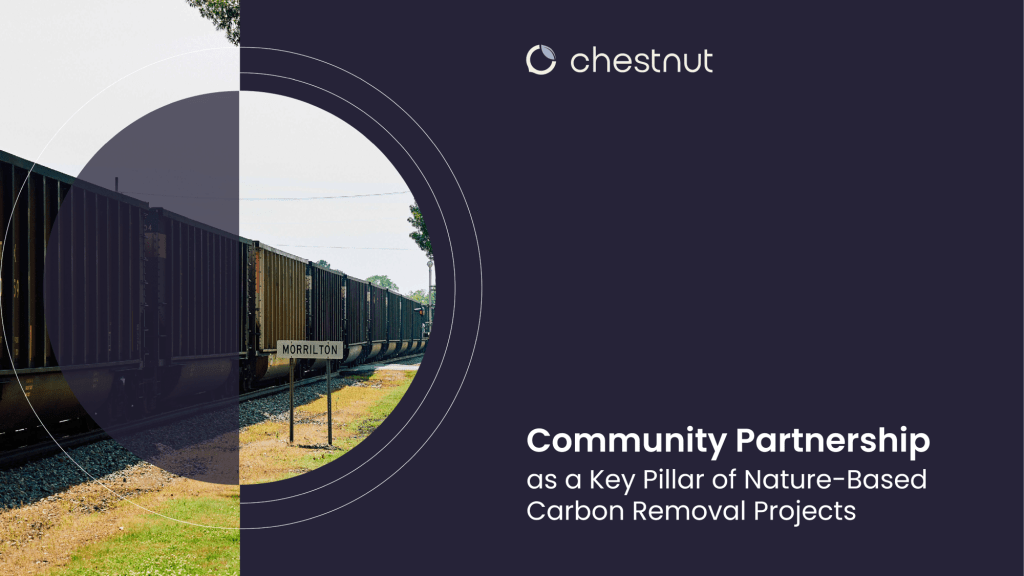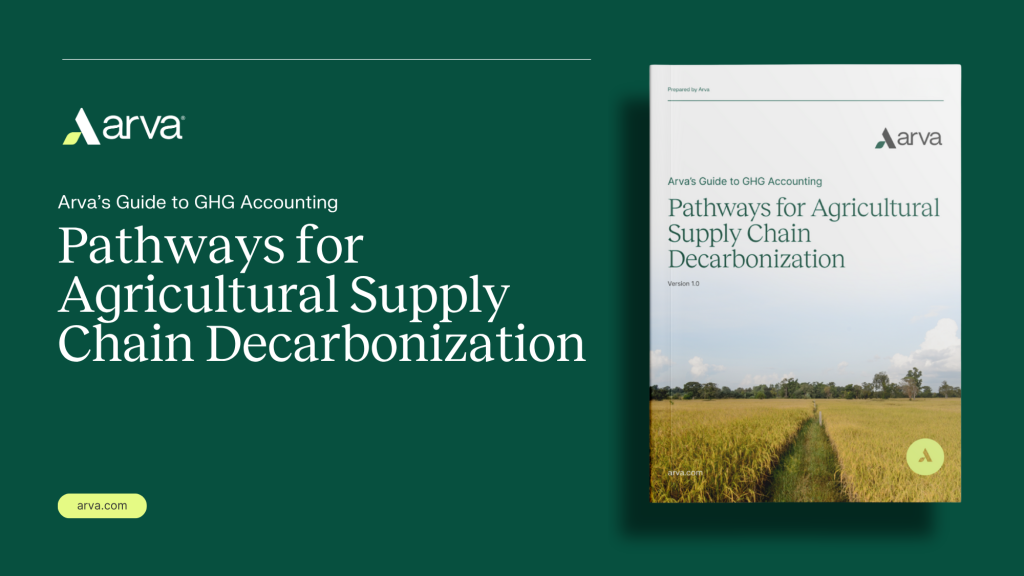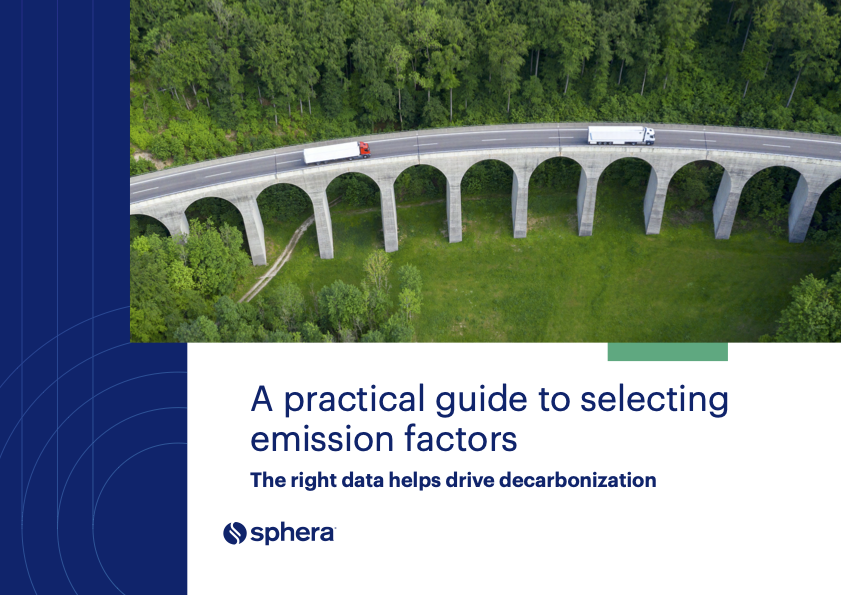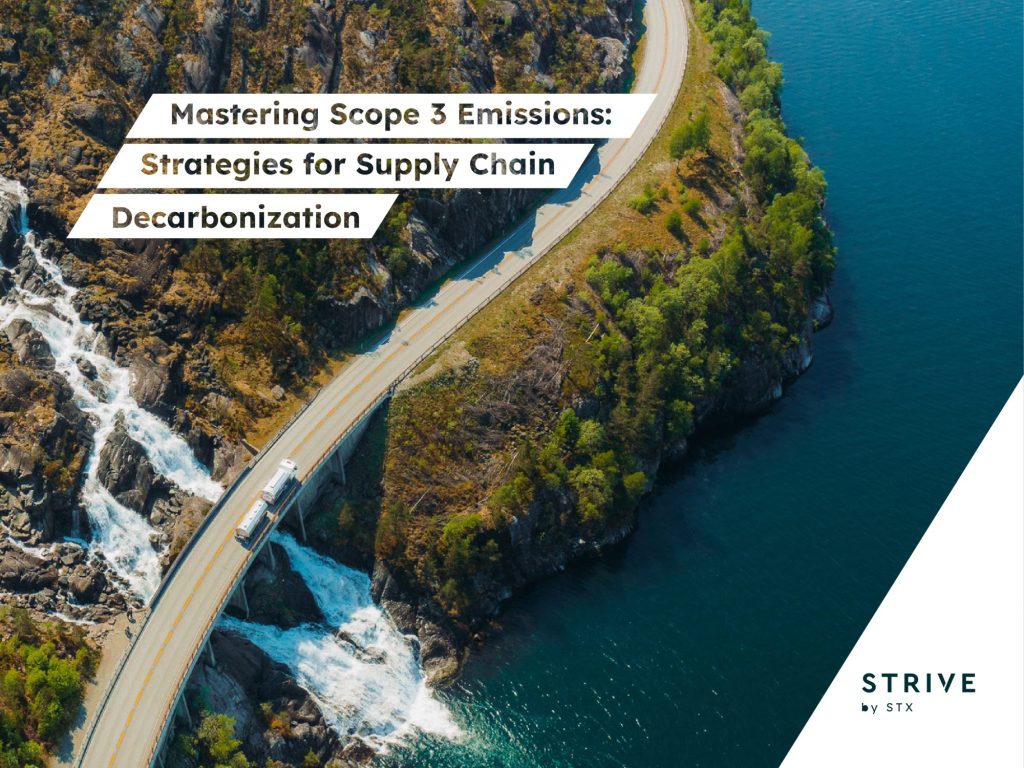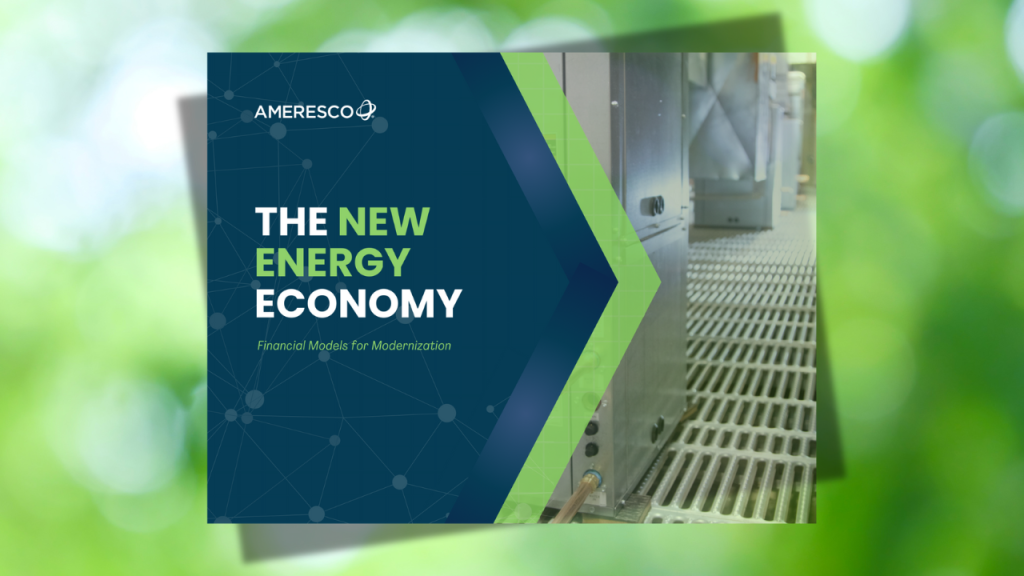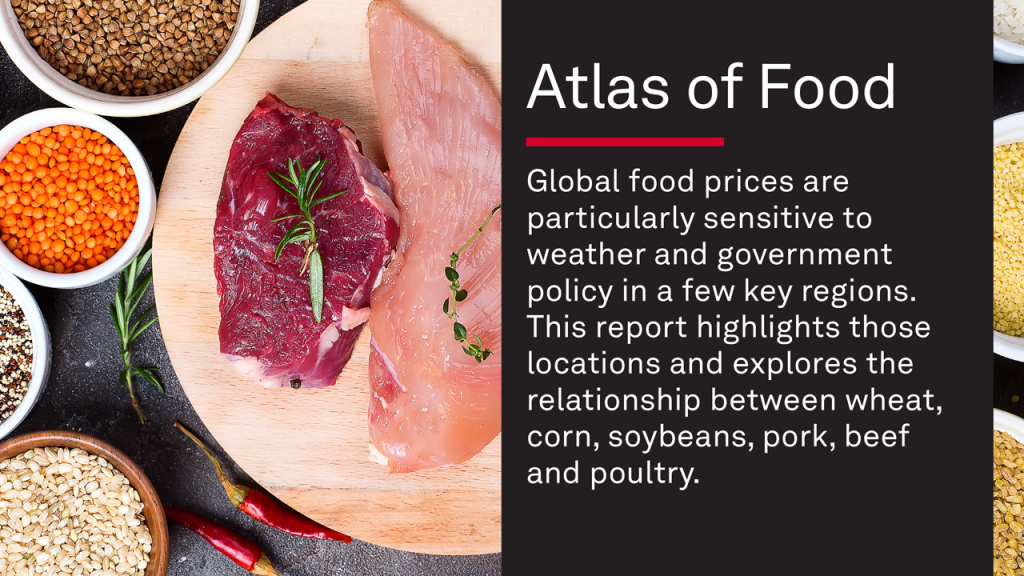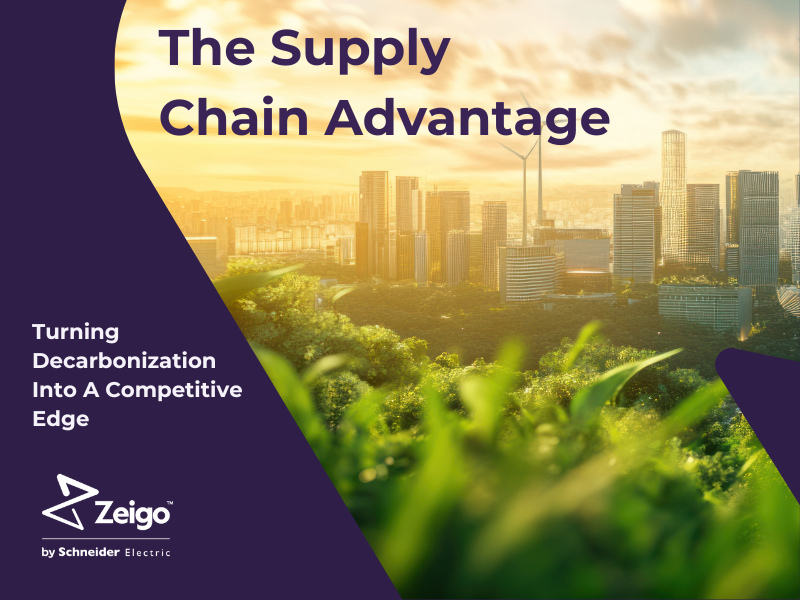Achieving Sustainability through LEED
Integrated design strategies among architects and roofing contractors generate success in green building. By Michelle Clark Hucal, Environmental Design + Construction editor and LEED Accredited Professional
At growing rates, green building projects across the country are achieving Leadership in Energy and Environmental Design (LEED) certification. The key to the success of these sustainable projects is an integrated design process from start to finish, which includes building owners, developers, architects, designers, engineers and contractors.
The U.S. Green Building Council’s LEED Green Building Rating System is a voluntary, consensus-based national standard for developing high-performance, sustainable buildings. LEED does not certify products, but buildings can earn LEED certification.
The current standard, LEED for New Construction & Major Renovations (LEED-NC) Version 2.1, incorporates a variety of design and construction credit areas that add up to 69 possible points. After achieving all prerequisites, additional points can be earned, adding up to a final score that translates into one of four possible levels of certification. LEED credit categories include:
- Sustainable Sites
- Water Efficiency
- Energy & Atmosphere
- Materials & Resources
- Indoor Environmental Quality
- Plus, Innovation & Design Process
How is roofing applicable to LEED?
IslandWood by architect Mithum, Inc., is a LEED Gold Certified project in Bainbridge Island, Wash., that applied a variety of sustainable design principles. Roofs were designed for solar hot water and PV installation. Roof rainwater is collected for landscape irrigation and boot washing. Photovoltaic panels provide 50 percent of lighting and electrical needs in the learning studios.
The roof is one component in sustainable design, but a very important element in the LEED rating system.
The most obvious roof-applicable points can be found in the sustainable sites category, including Stormwater Management and Heat Island Effect. One point is possible for Stormwater Management: Rate and Quantity, intended to limit disruption and pollution of natural water flows by managing stormwater runoff. The LEED rating system suggests designing the project site to maintain natural stormwater flows by promoting infiltration; specify garden roofs and pervious paving to minimize impervious surfaces; and reuse stormwater volumes generated for non-potable uses.
One point can also be achieved in the credit category Heat Island Effect: Roof. The intent of this section is to reduce heat islands (thermal gradient differences between developed and undeveloped areas) to minimize impact on microclimate and human and wildlife habitat. Requirements to achieve this point include one of the following strategies:
- Use Energy Star compliant (highly reflective) and high emissivity roofing (emissivity of at least 0.9 when tested in accordance with ASTM 408) for a minimum of 75 percent of the roof surface; or
- Install a “green” (vegetated) roof for at least 50 percent of the roof area;
- Combinations of high albedo and vegetated roof can be used providing they collectively cover 75 percent of the roof area.
Other LEED credit areas that roofing systems designers should consider include: Minimum Energy Performance, Renewable Energy, Building Reuse, Construction Waste Management, Resource Reuse, Recycled Content, Regional Materials and Innovative and Design Process.
Why Certify?
LEED certification validates the “greenness” of building design and construction practices. In addition to protecting the environment, natural resources and the health of building occupants, other benefits may be realized. For example, LEED certified projects may qualify for tax credits and other local and state incentives.
While upfront costs of LEED certification may (or may not) be higher than a conventional project, there are proven financial benefits, such as cost savings through energy and water conservation; improved worker productivity and health; insurance and risk management benefits; higher lease rates and enhanced resale value, just to name a few.
The key to successful sustainable design and LEED certification is, first and foremost, the integrated design relationship between all parties involved, including the architect and roofing contractor. Only then, can a roof be designed to its fullest potential, adding up to possible points toward LEED certification.
For more information on the LEED Rating System, visit the USGBC Web site.
——
This article has been reprinted courtesy of Environmental Design+Construction. It first appeared in the May 2004 issue of that publication.

